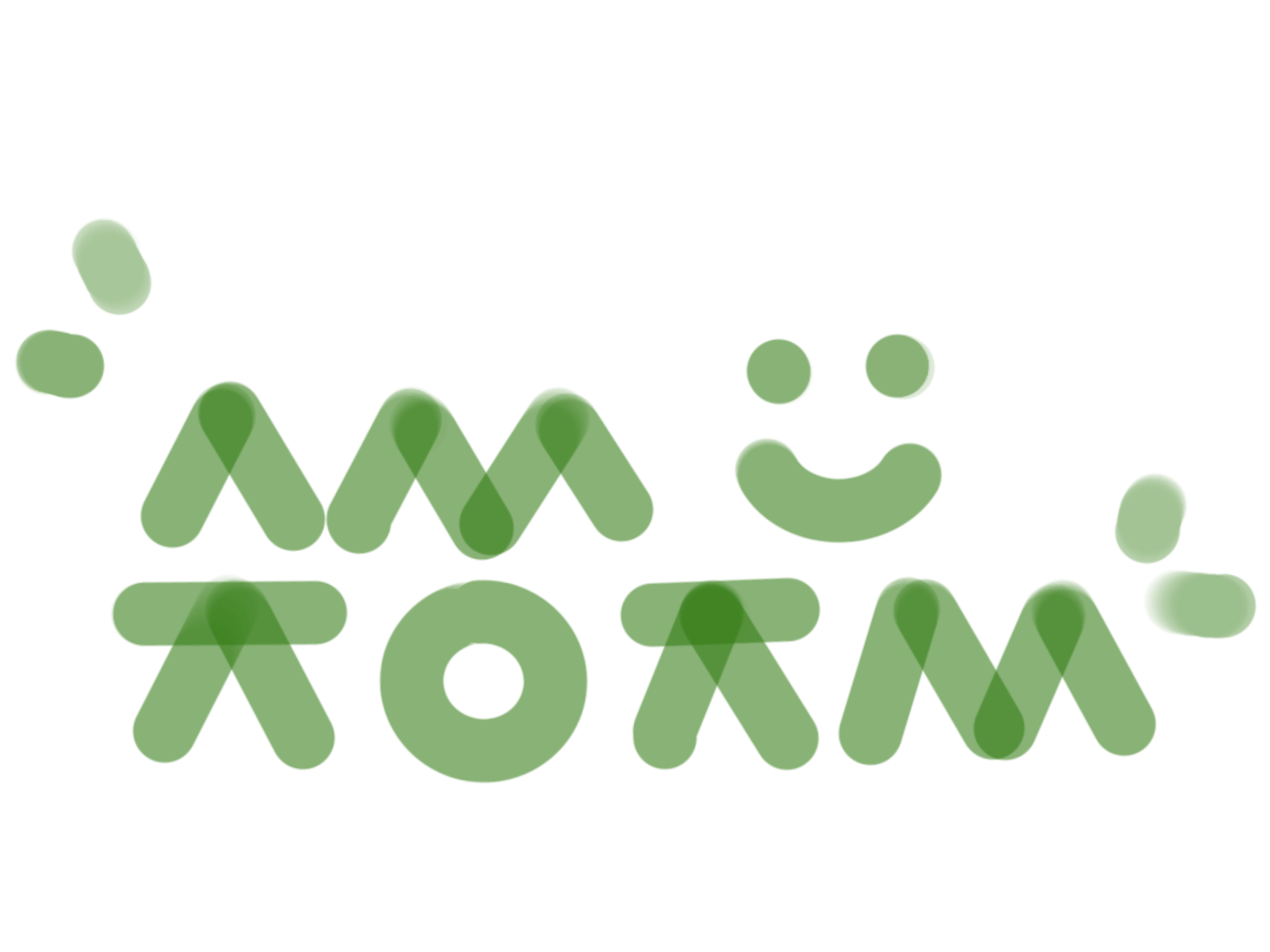Notice
Recent Posts
Recent Comments
| 일 | 월 | 화 | 수 | 목 | 금 | 토 |
|---|---|---|---|---|---|---|
| 1 | 2 | 3 | 4 | |||
| 5 | 6 | 7 | 8 | 9 | 10 | 11 |
| 12 | 13 | 14 | 15 | 16 | 17 | 18 |
| 19 | 20 | 21 | 22 | 23 | 24 | 25 |
| 26 | 27 | 28 | 29 | 30 | 31 |
Tags
- 백준
- Baekjoon
- ubuntu
- PYTHON
- 금융문자분석경진대회
- 편스토랑
- 프로그래머스 파이썬
- github
- AI 경진대회
- dacon
- hackerrank
- 캐치카페
- 자연어처리
- Real or Not? NLP with Disaster Tweets
- 편스토랑 우승상품
- 우분투
- 더현대서울 맛집
- leetcode
- Git
- ChatGPT
- 코로나19
- 데이콘
- programmers
- 맥북
- 프로그래머스
- gs25
- Docker
- Kaggle
- 파이썬
- SW Expert Academy
Archives
- Today
- Total
솜씨좋은장씨
[Kaggle DAY12]Real or Not? NLP with Disaster Tweets! 본문
Kaggle/Real or Not? NLP with Disaster Tweets
[Kaggle DAY12]Real or Not? NLP with Disaster Tweets!
솜씨좋은장씨 2020. 3. 9. 06:15728x90
반응형
Kaggle 도전 12회차!
오늘은 11회차에서 데이터 전처리 시 잘못 설정했던 부분들을 수정하여 다시 도전해보았습니다.
from tqdm import tqdm
alphabets = ['a', 'b', 'c', 'd', 'e', 'f', 'g', 'h', 'i', 'j', 'k', 'l', 'm', 'n', 'o', 'p', 'q', 'r', 's', 't', 'u', 'v', 'w', 'x', 'y', 'z']
god_list = ['buddha', 'allah', 'jesus']
train_text_list = list(train['text'])
text_list_corpus = ''
for i in tqdm(range(len(train_text_list))):
text_list_corpus = text_list_corpus + train_text_list[i]
text_list_corpus = text_list_corpus.lower()
pattern = '(http|ftp|https)://(?:[-\w.]|(?:%[\da-fA-F]{2}))+/(?:[-\w.]|(?:%[\da-fA-F]{2}))+'
clear_text = re.sub(pattern=pattern, repl='', string=text_list_corpus)
clear_text = clear_text.replace('\n', ' ').replace('\t', ' ')
clear_text = re.sub('[-=+,#/\?:^$.@*\"※~&%ㆍ!』\\‘|\(\)\[\]\<\>`\'…》;]', ' ', clear_text)
clear_text = re.sub('[0-9]', ' ', clear_text)
for i in range(len(alphabets)):
clear_text = re.sub(alphabets[i]+'{3,}', alphabets[i], clear_text)
for i in range(len(god_list)):
clear_text = clear_text.replace(god_list[i], 'god')
clear_texthttps / http / ftp 주소나 특수문자, 숫자, 개행문자 등을 정규식으로 제거할 때
그냥 없애는 것이 아니라 한칸의 공백으로 치환해주었습니다.
word_list = word_tokenize(clear_text)
word_list = [word for word in word_list if len(word) > 2]
word_list = [word for word in word_list if word not in stop_words]
word_list = [stemmer.stem(word) for word in word_list]
len(list(set(word_list)))stemming 을 맨 마지막에 실행하여 불용어 처리가 제대로 될 수 있도록 하였습니다.
이를 토대로 워드클라우드를 다시 그려보면 다음과 같습니다.
전체 학습 데이터 워드클라우드

여기서 다시 진짜 트윗 / 거짓 트윗을 구분하여 워드클라우드를 그려보면 다음과 같았습니다.
진짜 재난 트윗 워드클라우드

가짜 재난 트윗 워드클라우드

특수문자 / 개행문자 들을 치환할때 공백 한칸으로 치환하니
워드클라우드와 Counter dictionary로 출력하여 살펴보았을때
기존에 세개의 단어가 겹쳐져서 토큰화가 제대로 되지 못했던 부분들이 잘 해소가 된 것을 볼 수 있었습니다.
모델은 11회차와 동일한 모델을 사용했습니다.
첫번째 제출
sess = K.get_session()
uninitialized_variables = set([i.decode('ascii') for i in sess.run(tf.report_uninitialized_variables())])
init = tf.variables_initializer([v for v in tf.global_variables() if v.name.split(':')[0] in uninitialized_variables])
sess.run(init)
bert_model = get_bert_finetuning_model(model)
history = bert_model.fit(train_x, train_y_new, epochs=2, batch_size=16, verbose = 1, validation_split=0.05, shuffle=True)
결과

두번째 제출
bert_model2 = get_bert_finetuning_model(model)
history2 = bert_model2.fit(train_x, train_y_new, epochs=2, batch_size=32, verbose = 1, validation_split=0.05, shuffle=True)
결과

세번째 제출
bert_model3 = get_bert_finetuning_model(model)
history2 = bert_model3.fit(train_x, train_y_new, epochs=3, batch_size=32, verbose = 1, validation_split=0.05, shuffle=True)
제출

네번째 제출
bert_model4 = get_bert_finetuning_model(model)
history2 = bert_model4.fit(train_x, train_y_new, epochs=5, batch_size=32, verbose = 1, validation_split=0.05, shuffle=True)
결과

다섯번째 제출
bert_model5 = get_bert_finetuning_model(model)
history2 = bert_model5.fit(train_x, train_y_new, epochs=5, batch_size=16, verbose = 1, validation_split=0.05, shuffle=True)
결과

'Kaggle > Real or Not? NLP with Disaster Tweets' 카테고리의 다른 글
| [Kaggle DAY14]Real or Not? NLP with Disaster Tweets! (0) | 2020.03.11 |
|---|---|
| [Kaggle DAY13]Real or Not? NLP with Disaster Tweets! (0) | 2020.03.10 |
| [Kaggle DAY11]Real or Not? NLP with Disaster Tweets! (0) | 2020.03.08 |
| [Kaggle DAY10]Real or Not? NLP with Disaster Tweets! (0) | 2020.03.07 |
| [Kaggle DAY09]Real or Not? NLP with Disaster Tweets! (0) | 2020.03.07 |
Comments





